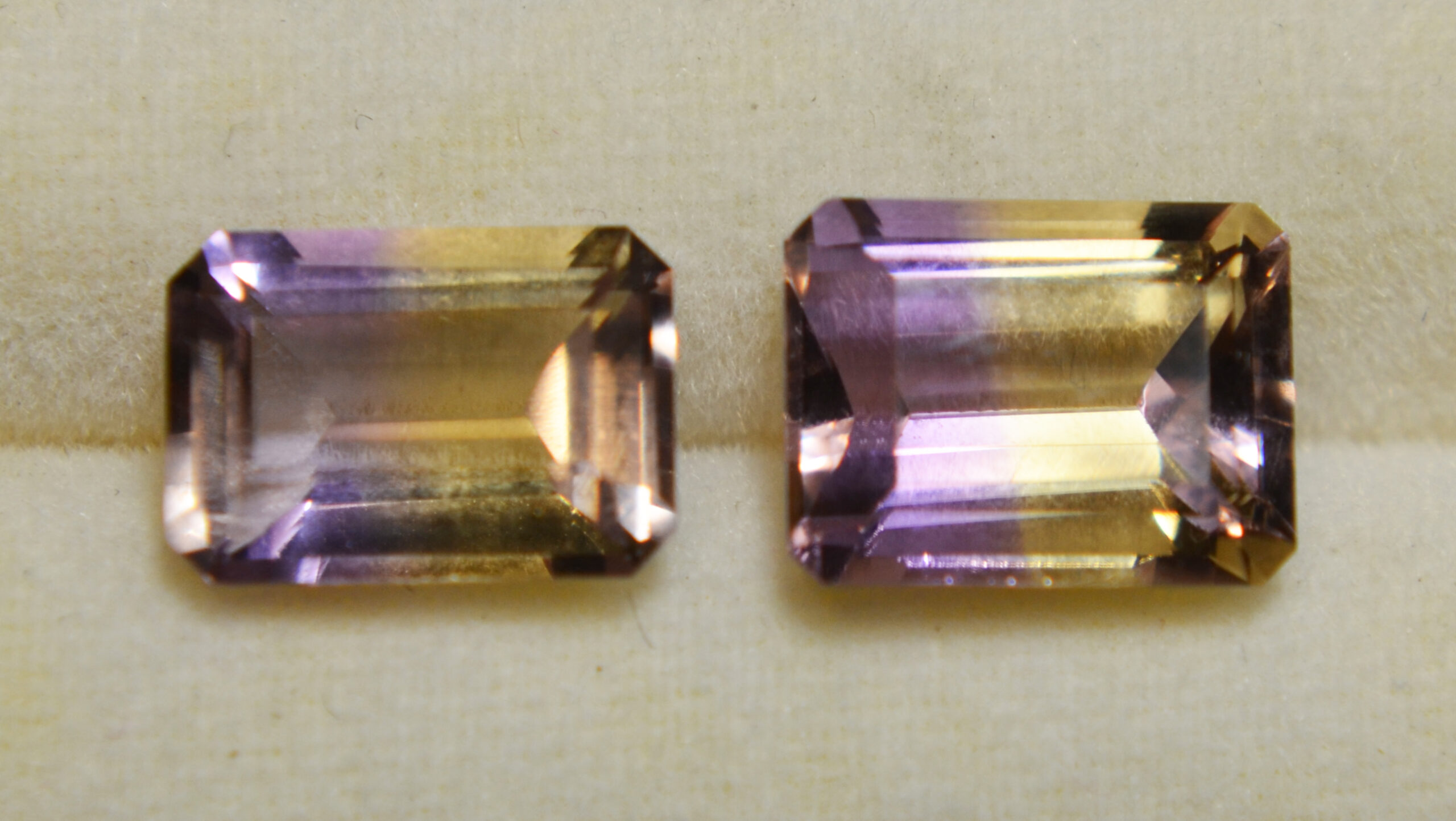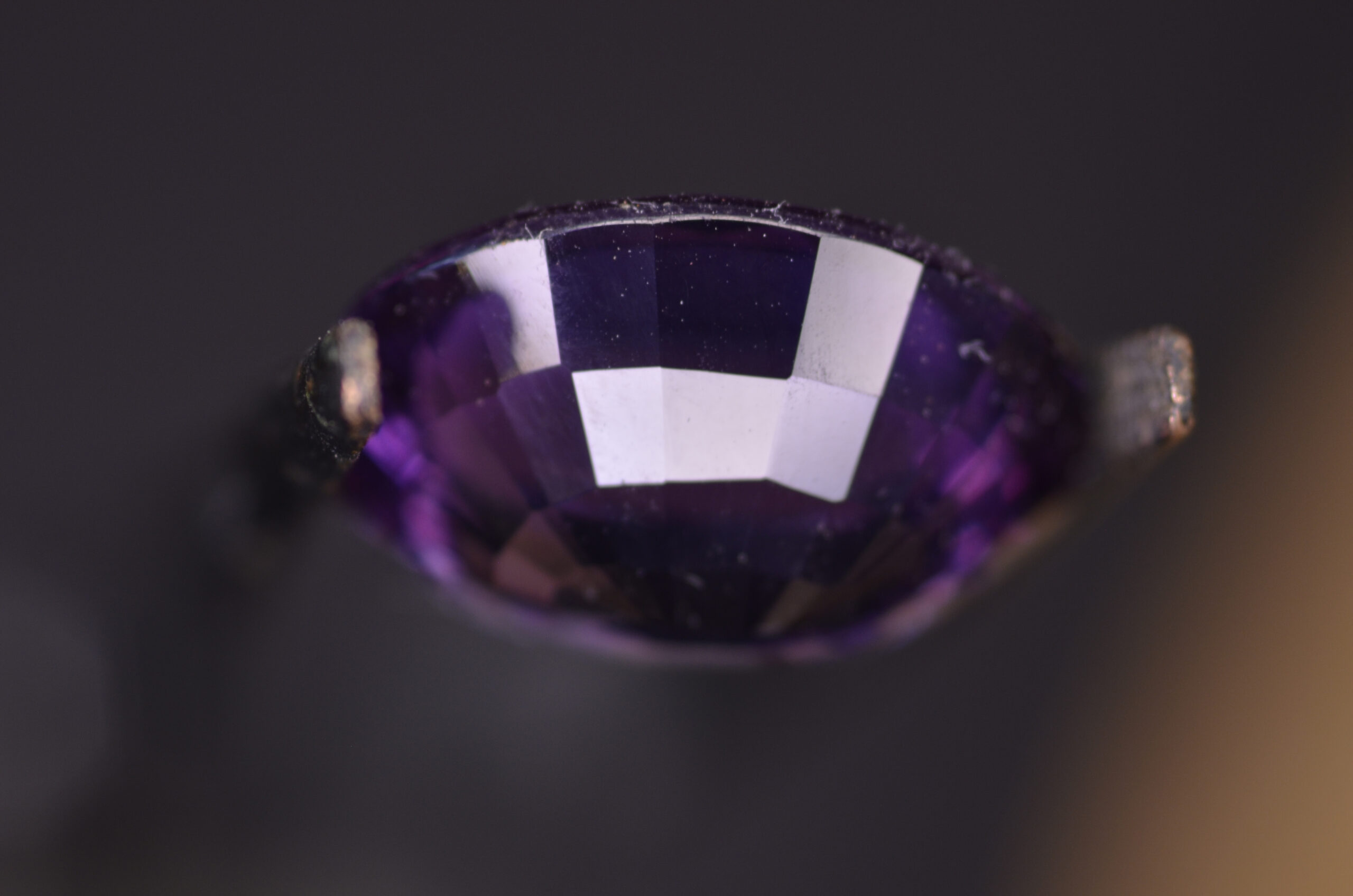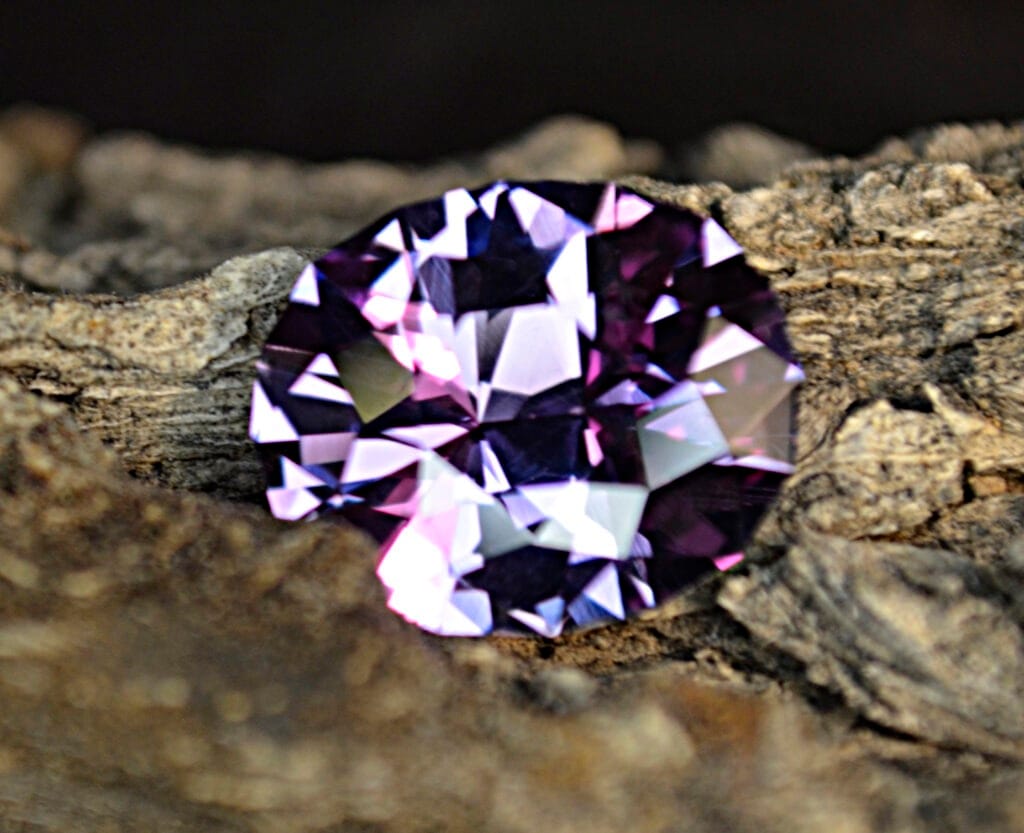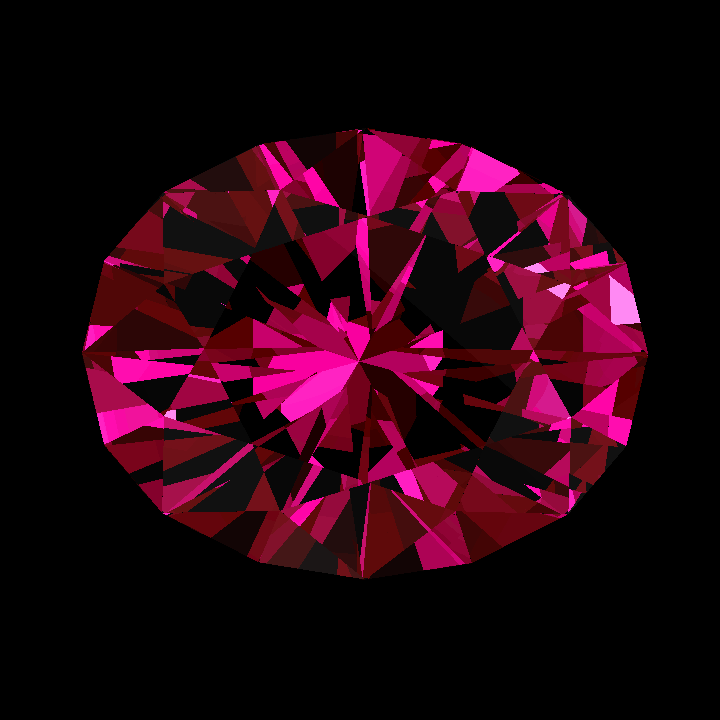Gem Repair, Recuts, & Trade Work

Things happen…
Accidents, knocking your jewelry into something hard, dropping jewelry, running over a ring with your car, your small child finds a new plaything… and sometimes stones get damaged, or destroyed.
What can you do about that?
So, you go to your local jeweler to get that ring fixed. They tell you that they can put the metal part back the way it should be… but they can’t fix the stone. Maybe they have a lapidary they can contact and maybe they don’t. That is where Phoenix Rising Gems can help.
Look at the picture of the two stones in the photo above. OUCH! But you really like the stones… can they be fixed? Well, maybe. The stone on the left just has a corner chipped off, but not too badly. If you brought that to Hawk, he would tell you that odds are good that he can fix it without changing the stone too much and it will probably fit into it’s original setting. The stone on the right has major damage and a lot of material is missing and can’t be put back. But, depending upon the setting that it came out of, the stone might still be restored, although it will probably be a bit smaller than before.

The picture above is of the same two stones after re-cutting to repair damage. The smaller stone to the left stayed about the same size and just got the chipped corner cleaned up and re-polished. The stone on the right had extensive damage, which required narrowing and shortening the stone slightly and then a full re-cut and polish of the crown of the stone. So, depending on the setting it came out of, modification of the setting might also be required. Otherwise the stone would probably need to be replaced with a larger stone to fit the setting. These are things that Hawk can tell you before any work is done on the stone. He can quote you on the repair and you, or your client, can decide if the cost is worth the value of the stone after repair. In the case of Ametrine, for instance, Hawk would probably recommend replacement rather than re-cutting. Ametrine simply isn’t an expensive stone and it would probably be much less expensive to buy a new stone of the proper size for the setting.
Recuts of a Poorly Designed Gemstone
The vast majority of commercially cut gemstones leaves a LOT to be desired. The color on gemstone might be beautiful, but the cut can make it look dull and uninteresting. “Windowing” is a frequent problem. A window allows you to look into the table of a gem and see right through the bottom of it without interference. there may be a little sparkle around the outer edge of the stone, but the middle is simply a dead zone. This is all too common.
Another issue is poor quality cutting and polishing. A poor cut will display uneven facet sizes, odd and unusual shapes, and poor symmetry. A poor polish will have the surfaces of the facets look abraded or scratched in the worst cases, or simply dull and hazy looking in some of the best cases.



Now, contrast this with what can be done to improve the look of a gem. This is a real world example of a gem that Hawk was commissioned to recut. The images above were the gem as it was received. The images below are the completely recut gemstone.



There is material loss in this level of recut. In this case Hawk was able to retain 54% of the weight of the original gem. It lost about 2mm of size in length and width, but the difference between where it started and where it finished is absolutely dramatic. This material was a lab grown sapphire, but this can be done with a lot of gems. The real determining factor is whether or not the original gemstone has enough depth… from table to culet… to get the necessary angles established for the material that is being recut. This will be evaluated on a case by case basis before recutting.
And if you are interested in some information about the process, you can check out this web page that details how this particular gemstone was recut. Just click the link below.
Trade Work
If you are a professional jeweler that does repair work, or you are a custom jeweler that does design work, Hawk can work with you on several levels. Phoenix Rising Gems can custom design faceted gemstones, cut custom cabochons, and do inlay work. We stock many types of basic inlay materials such as, lapis lazuli, malachite, black onyx, black jade, green jade, sugilite, chrysoprase, turquoise and other less common materials. He has also worked with opal both as cabochons and as inlay. He also cuts and designs replacement gemstones for practically any setting. See our Replacement Gems page for more information.
Once again, Hawk can work with you on design, materials and price, as well as showing digital previews of faceted stones before any cutting begins. That way you have a great idea of what the stone will look like before you make any commitment to purchasing a custom stone. See the images below for an idea of the digital preview vs. the finished stone.


We’re still working on perfecting our photography… conversion to GIF made the rotating image blurry.
